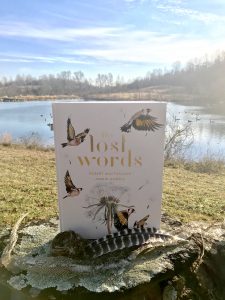Educational Resources
You can find all of our educational videos on our YouTube channel.
Here are some of our favorite videos to supplement learning at home or in the classroom:
Hexagons: Nature’s Favorite Shape: In this video, Ms. Eleanor demonstrates why hexagons are nature’s favorite shape and shows a couple activities you can do with your kids or students to teach them about mathematical patterns in nature.
Hopping Origami Frogs This 10-minute video combines art, math, and science: Fold an origami frog, observe and record its jumping ability, and compare measurements with real frog species.
Way Down Yonder in the Pawpaw Patch Sing-Along Piedmont Polliwogs presents a sing-along music video to a traditional song, with lyrics edited by Ms. Alison to learn about the animals who live in the pawpaw patch.
Yoga and Mindfulness: Guide for Educators or parents teaching PreK-12 programs in an informal, outdoor context. Educators can use the ideas within this guide to create new environmentally themed programs focused on yoga and mindfulness or incorporate select activities into existing nature-based programs.
Reading Lists
Recommended Reading List of books organized by grade level and program theme
Design your own Family Book Club with this nature-themed reading list.


